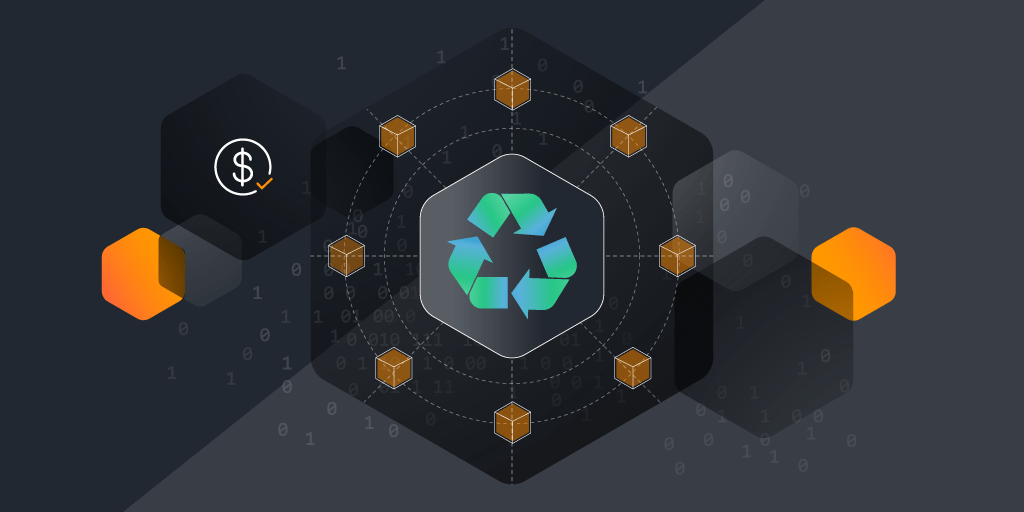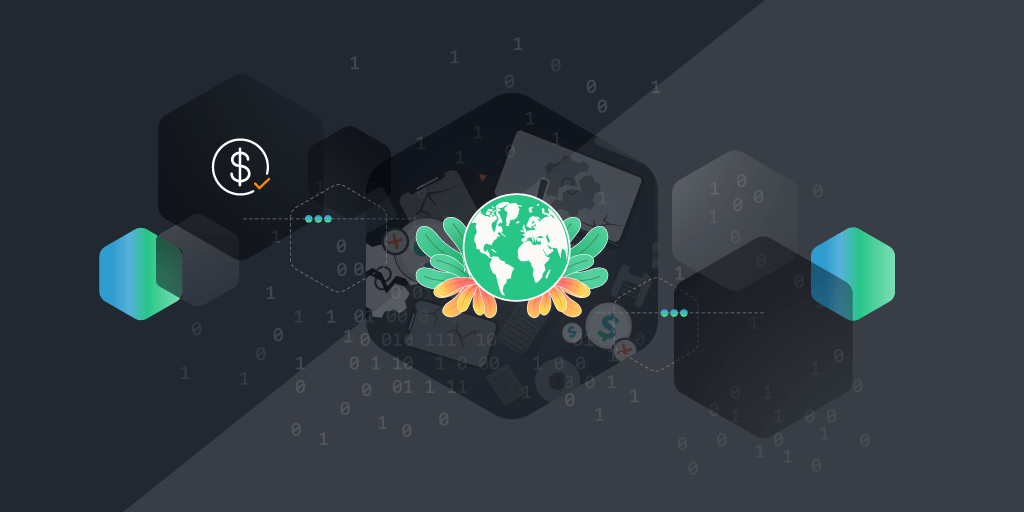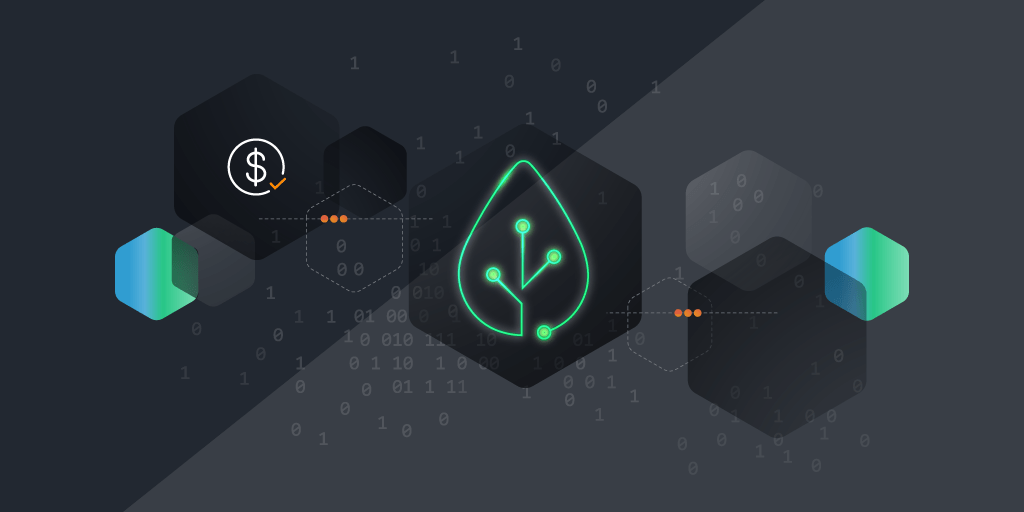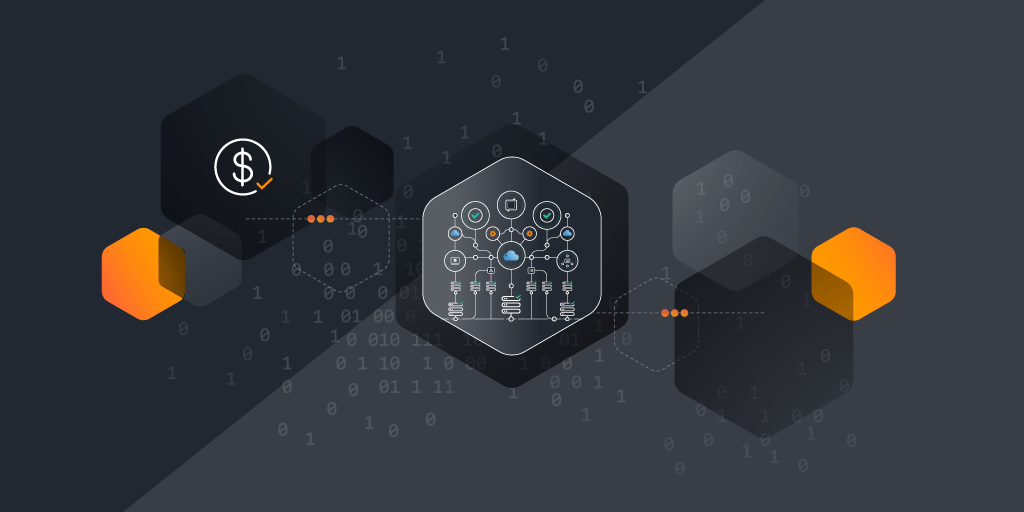
From CAASM to Risk Managament
According to research from Capgemini, 89% of companies recycle less than 10% of their IT hardware. Worse yet, about 65% of the energy data centers consumer is attributed to IT equipment. In a time when sustainability is at the top of the priority list for many organizations, these statistics are troublesome.
Not only are unsustainable IT practices bad for the environment, they’re also bad for business. PwC found that 76% of consumers say they’d stop doing business with a company if they neglected environmental, social and governance (ESG) principles. What’s more KPMG reports that 45% of CEOs agree that ESG programs enhance financial performance.
In this blog post, we explore how sustainable IT asset management (ITAM) helps organizations reduce IT costs and optimize spend, while operating at peak efficiency.
Why Are Sustainability Practices Critical for IT Asset Management?
Sustainability practices for ITAM help organizations reduce costs, minimize environmental impact, and comply with regulatory requirements. With energy-efficient technologies in place, companies can extend the lifecycle of their IT assets, and responsibly dispose of end-of-life equipment to lower their carbon footprint and reduce waste.
Can sustainable ITAM reduce IT costs? Definitely! Sustainable ITAM significantly lowers IT costs by extending the lifecycle of equipment through practices like refurbishment and reuse. By reducing the need for frequent replacements and optimizing resource use, organizations can save on capital expenditures and maintenance.
Sustainable practices align IT operations with broader corporate social responsibility goals, as well. As a result, the organization’s reputation for being a sustainable, environmentally conscious organization improves – and that drives more business.
Implementing Sustainable IT Asset Management Strategies
Implementing the following best practices can help you integrate sustainability into your organization’s IT asset management processes, leading to reduced costs, improved efficiency, and a positive environmental impact:
- Develop a Sustainability Policy: First things first – it’s critical to establish clear guidelines that prioritize sustainability in IT asset management. This includes goals for reducing energy use, extending asset lifecycles, and promoting responsible disposal. Regularly review and update the policy to reflect new technologies and standards.
- Choose Energy-Efficient Hardware: Opt for hardware that meets energy efficiency standards like ENERGY STAR. These devices consume less power, reduce heat output, and often have longer lifespans, leading to cost savings and reduced environmental impact over time.
- Optimize Asset Lifecycle Management: Implement refurbishment, reuse, and recycling strategies to extend the life of IT assets. Create a plan for managing end-of-life assets, focusing on environmentally responsible disposal methods.
- Implement Virtualization and Cloud Solutions: Virtualization reduces the number of physical servers required by running multiple virtual machines on a single server, which optimizes resource use and lowers energy consumption. Cloud solutions can also reduce the need for extensive on-premises hardware, further lowering the carbon footprint.
- Enhance Energy Efficiency in Data Centers: Optimize data center energy consumption by adopting best practices such as hot and cold aisle containment, energy-efficient cooling systems, and power management tools. Monitoring and adjusting server loads can also help in maintaining optimal energy use.
- Regular Audits and Monitoring: Conduct regular audits to assess the energy efficiency of IT assets and identify areas for improvement. Use monitoring tools to track energy consumption and set benchmarks for continuous improvement in sustainability practices.
- Employee Training and Awareness: Educate staff on the importance of sustainability in IT asset management. Training should include best practices for energy use, proper equipment handling, and the benefits of following sustainable procedures.
Measuring and Tracking Cost Reductions in Sustainable IT Asset Management
Measuring the effectiveness of sustainable asset management requires tracking key performance indicators (KPIs), to identify areas for improvement and showcase the financial and environmental benefits of their initiatives. Some important KPIs to track include:
- Energy Consumption Reduction: The decrease in energy use (kWh) across IT assets, such as servers, workstations, and data centers, compared to a baseline period.
- Cost Savings from Energy Efficiency: The reduction in utility costs resulting from energy-saving measures, which is directly linked to lower energy consumption and the use of energy-efficient equipment.
- Asset Lifecycle Extension: The average lifespan of IT assets before they are replaced.
- E-Waste Reduction: The amount of electronic waste generated compared to previous years.
- Number of Assets Refurbished or Reused: The number of IT assets that are refurbished or repurposed.
- Maintenance and Operational Cost Reduction: The reduction in costs related to maintaining and operating IT equipment, such as reduced downtime and lower repair costs due to proactive maintenance and asset optimization.
- Sustainability ROI: The return on investment (ROI) of sustainability initiatives. A positive ROI demonstrates the economic viability of sustainable IT asset management.
- Carbon Footprint Reduction: The decrease in greenhouse gas emissions from IT operations, which can be quantified through energy use reductions and the adoption of renewable energy sources.
- Compliance with Environmental Standards: Adherence to certifications and standards, such as ENERGY STAR or ISO 14001.
- User Satisfaction with Sustainable IT Practices: User satisfaction with sustainable IT initiatives, such as the effectiveness of energy-efficient hardware and the availability of refurbished equipment.
It’s important to use software tools that are designed for tracking energy consumption and cost savings. These tools can monitor real-time energy usage, forecast savings, and highlight areas where improvements can be made, enabling data-driven decisions for sustainability.
When it comes time to report on your progress, showcase the cost reductions and environmental benefits using reports that include detailed metrics, comparisons with baseline data, and visualizations of savings achieved. Sharing these reports with stakeholders demonstrates accountability and commitment to sustainable practices, reinforcing the value of your initiatives.
Collaborating with IT and Business Departments
Effective sustainable ITAM requires working closely with representatives from other business departments. This tight collaboration helps to ensure sustainable ITAM practices are integrated into daily operations, with a focus on optimizing energy use and extending asset lifecycles.
Working cross-functionally, stakeholders from IT and various business units can foster a shared commitment to sustainability, leveraging diverse expertise to drive meaningful progress.
H2Future Trends in Sustainable Asset Management
Emerging technologies and innovative practices are driving the next wave of sustainability in ITAM, with a focus on further reducing costs and environmental impact. Artificial intelligence (AI) and machine learning (ML) are playing a pivotal role by optimizing asset usage, predicting maintenance needs, and automating energy management, leading to more efficient resource allocation.
Additionally, companies are beginning to adopt circular economy principles – such as refurbishing, reusing, and recycling IT assets – to ensure that resources are kept in use for as long as possible, minimizing waste and reducing the need for new materials.
Achieve IT Cost Reduction through Sustainable Practices, with Lansweeper
Lansweeper can enable you to take advantage of these trends and implement strategic cost optimization by providing comprehensive asset discovery and inventory capabilities that help organizations optimize resource use and reduce environmental impact.
With Lansweeper, businesses can identify underutilized assets, extend their lifecycle through refurbishment and reuse, and ensure responsible disposal of end-of-life equipment. Lansweeper’s robust data analytics and reporting features allow companies to track energy consumption and make data-driven decisions to enhance sustainability.
The top benefits of Lansweeper for sustainable ITAM and your IT cost optimization strategy include:
- Comprehensive Asset Visibility: Detailed insights into all IT assets enables better management and more efficient use of resources.
- Energy Efficiency Tracking: Monitoring energy consumption across IT assets helps identify opportunities to optimize usage, reduce energy costs, and lower the overall carbon footprint.
- Automation and Reporting: Automated asset tracking and reporting makes it easier to manage compliance with sustainability goals and streamline processes, reducing manual efforts and associated costs.
- Lifecycle Management: Access to accurate data on asset conditions helps to maximize the value of IT investments and minimize environmental impact through responsible disposal practices.
Ready to make your IT operations greener and more cost-effective? Start your free trial of Lansweeper today!


